After our time travel to 17th century France, we now make a trip to Hungary. We dance Csárdás! You don’t know Csárdás? You have certainly heard this dance before – perhaps unconsciously.
For the Csárdás enjoys great popularity in various musical contexts. But more about that later. First Adrian explains what the Csárdás is all about.
What you will read in this article:
It is time to prepare for the ball season. Do you want to show yourself from your best side not only on the dance floor but also in small talk? Then read the mini article series about dance music here in the StarkConductor Blog. In today’s second part: the Csárdás.
The other parts of the mini article series about dance music:
1. French court dances in the 17th century
3. Waltz
4. Tango
The Csárdás - form and origin

Adrian, the Music Theory MentOWL:
“The Csárdás is a Hungarian folk dance that consists of two parts: A slow first part is followed by the fast, ecstatic main dance.”
Thanks, Adrian.
Musicologists disagree on the origin of this Hungarian folk dance. The origin of the word is clear: Csárda approximately means “village tavern” and thus gives a good indication of where the Csárdás was originally danced. However, the thesis that the Csárdás was used as a courtship dance is disputed – not in an amorous sense, but to get young men interested in the Habsburg army of the 18th century.
Famous examples for Csárdás
At the beginning I mentioned that you have probably heard a Csárdás before without realizing it. The dance form became popular in art music as well, first by piano compositions of the Hungarian-Austrian composer and piano virtuoso Franz Liszt.
If you are an operetta fan, you also know one of the most famous Csárdás in literature: Johann Strauss (son) uses it in his Fledermaus. There you can also observe particularly well the musical form described by Adrian: A slow, introductory section is followed by the steadily increasing, wild main dance, which finally reaches a furious tempo (read more about what tempo actually is and what Mozart had to say about it). Characteristic for the main dance is the two-four time, in which eighth beats or simple syncopation dominate.
And even if you have never heard a Csárdás by Liszt or Die Fledermaus, you will certainly know the dance from a famous title: Emmerich Kálmán’s “evergreen” among operettas, Die Csárdásfürstin, which was premiered in 1915 at the Johann Strauss Theater in Vienna.
Next time: the waltz
After having made historical trips to France and Hungary in the first two articles of this mini-series on dance music, the next article will be dedicated to a dance that you should still be able to master on the dance floor today: the waltz.

Jonathan Stark – Conductor
Hello! I'm Jonathan Stark. As a conductor, it is important to me that visits to concerts and operas leave a lasting impression on the audience. Background knowledge helps to achieve this. That's why I blog here about key works of classical music, about composers, about opera and much more that happens in the exciting world of music.

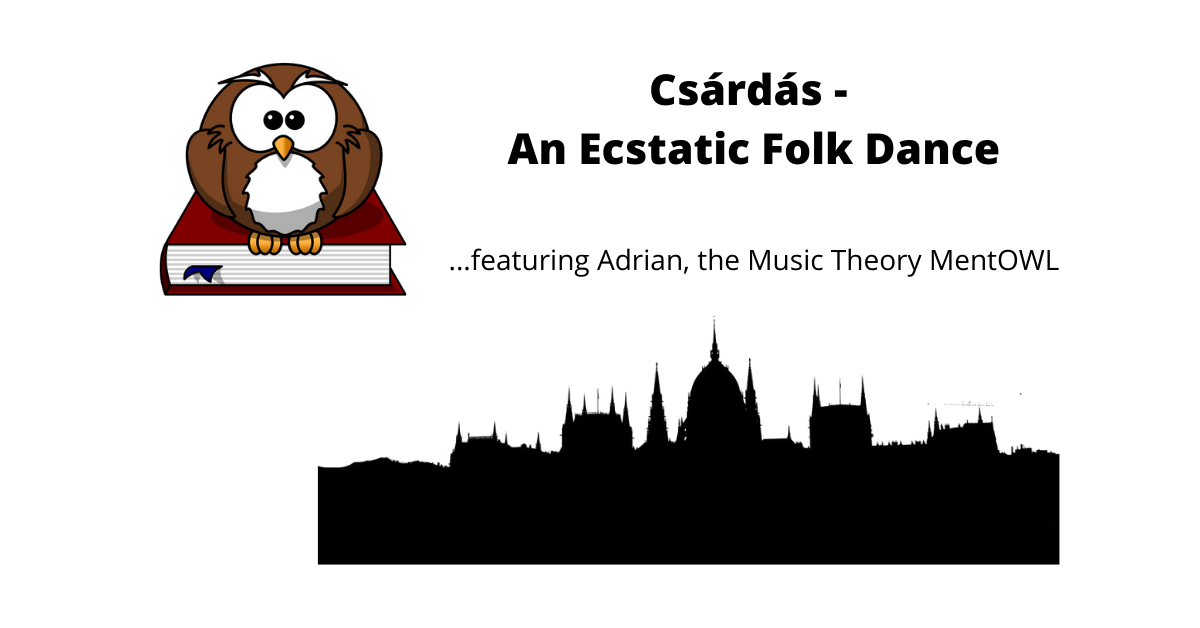

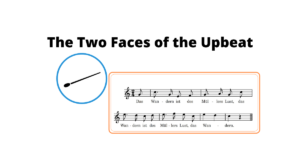

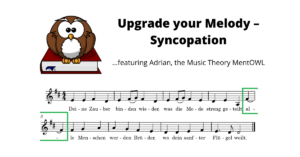
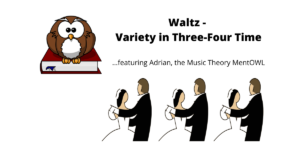
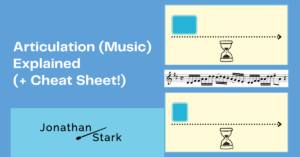
Hallo Jonathan,
ich habe gerade deinen Blog gelesen und es hat mir sehr gut gefallen.
Liebe Grüße nach Wien Bettina Stark
Juhu!
Hallo Jonathan,
das hast du wieder einmal in kurzer-knapper Form an den Frau/Mann gebracht, einfach großartig.
Freue mich schon auf die “Mini-Artikelserie” zum Thema Walzer.
Grüße von HpSt
Hallihallo!
Freue mich sehr, dass es wieder gefallen hat!